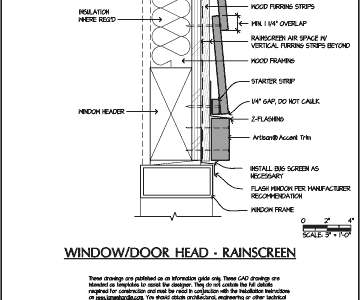In the construction of houses, and really any type of building, the elements that you don’t see in the finished product are just as crucial to the overall quality of the construction as what you do. So much goes into building a home – a long list of materials and products that must be good quality, applied correctly and in the right order – to make the finished product safe, durable, and efficient. And correct application is required to keep the product manufacturers’ warranties viable. Unfortunately, what you, the Owner, can’t see once the finishes go on – possibly down-graded quality or quantity of materials, incorrect methods of installation, or steps that are skipped in the application – may only become apparent as problems over time, and can cause unexpected, long-term costs.
Building on a Good Foundation
Everyone knows that a building is only as good as its foundation, but it’s important to understand that the foundation system is made up of more than just concrete. A good foundation should bear on a base that is properly prepared and adequate to carry the loads that the walls will support. The anchor bolts, strapping, and sill plates need to be of good quality and properly installed per your locally sanctioned Residential Building Code (IRC) and the Structural Engineer. This will ensure that the structure is adequately tied together to withstand the loads, local conditions, and weather events. Sill sealer and termite plates are necessary to avoid water and insect intrusion. And a complete drainage system should be in place to carry water away from the foundation.
Although you don’t see all of these elements when looking at the finished construction, they are just as important as the concrete. And if they are not there, or haven’t been installed correctly per Code, the drawings, and the manufacturer’s instructions, you can be sure that the next steps will not be built upon a good base.
Good Bones make Good Homes
The next steps are the structural elements for the floors, the interior and exterior walls, and the roof – the skeleton of the house. Again, this is a system of parts that work together to ensure the quality and durability of the finished building. The framing, fasteners, subfloor, and sheathing must be provided as specified and correctly installed per the Structural Drawings. If you are using a system such as SIPs, the panels must be installed in the correct order, using the proper materials and fasteners, per the manufacturer’s instructions.
The quality of the SIPs, framing, and sheathing materials is important. Any twisted, split, warped, or damaged parts should be replaced immediately before they are covered over to become a dip or squeak in the floor or a bump in a wall. Similarly, the joist hangers and fasteners need to be as specified, undamaged, and properly installed per the Structural Engineer’s guidelines, to achieve the necessary structural integrity. A wall that is not framed plumb and true, a beam that is undersized, or joists that are a lesser grade than specified, can translate through the finishes to be ongoing problems. What you don’t see in the finished construction of the wall and floor systems are just as important, or more so, than what you do.
Protect against the Weather
Mother Nature can be relentless, so protecting against the weather is critical. Applied outside the framing, the finished siding is what you see. But what you don’t see, in the construction of the rain-screen system, is just as important. The layers under the siding keep air infiltration and water intrusion from going into and through the wall system. Incorrectly applying a weather-resistant barrier (WRB) – with too many fasteners or not enough tape to cover those holes – can reduce its performance. Those layers can also deteriorate if left exposed to the weather for too long. Window and door openings are weak spots for both air and water intrusion. So it’s critical to prepare the openings with wrap and flashing as directed by the window and door manufacturers, to avoid those problems.
Drafts make conditioning a home much more difficult, and water migrating through even a pinhole, if trapped in a wall system, can breed rot and mold. Using the specified WRB, drainage mat, and flashing – all installed and layered correctly – is key. Mitigating mold, rot, or leaks is expensive and onerous to address once the house is built. So it’s always better to build it right the first time.
Likewise, the roof system is composed of a number of elements that make the roof more durable, with fewer opportunities for issues. Under the finished roofing, good quality WRB, drainage mat, ridge vent, and flashings need to be installed correctly, and in the right order, per the manufacturer’s instructions. A good roof system is the most important barrier to heat loss/gain and water intrusion, and the best way to ensure that a building will be durable over time. And the parts that you don’t see, under the finished roofing, are just as important to making that roof system do its job.
Take Ownership of the Process
As the Owner, you should have a copy of the Construction Documents to refer to. Take the time to read the specifications and look at the drawings and details. The internet is an invaluable tool to investigate different materials and products to decide if what is specified will be the best option for your region. Watch what’s going on and use your Common Sense to navigate the construction process. Even if you don’t completely understand what you’re looking at, you may be able to tell if what’s being built doesn’t look like what’s in the drawings or looks poorly done. Ask questions and make sure to get real answers and not a brush-off. Every builder can have a bad day, but it’s important to question what could be a mistake and, if necessary, have it fixed before it’s covered up.
Building with quality materials and multiple layers will cost more upfront, but they will bring value to the Home. And, imagine the cost to go back and fix a poorly constructed foundation wall or redo a foundation drainage system. Think of the expense to replace sill plates or anchor bolts, repair a structurally unsound wall, or replace house wrap after construction is complete. Taking ownership of the process by paying attention will help ensure that it gets done right the first time. And it will help your new home retain value over time. You can be your own best advocate for the construction of your new home.
In construction, what you don’t see is just as Important
I don’t believe that there is generally an intent to deceive or to cause harm in the building industry. It seems to be more often substituting less expensive materials for cost reductions, without considering the possible long-term consequences, on the part of contractors. And you’ll often hear “This is the way we always do it”, but that doesn’t necessarily make it the best method now. It pays for you to be careful whom you hire to build your house. And, also to pay attention to what materials are being used, and how the work is being done.
In the construction of your house, the parts underneath the finishes, that you don’t see, are just as important, or more so, to the quality of the home.
So remember:
- Building a home is a big investment, and using Quality Materials adds value.
- All the materials and systems should be installed correctly and in the right order.
- It’s always best to do it right the first time.
- If something doesn’t look right, it’s probably not – Common Sense is key in construction.
- Take ownership of the process and be your own best advocate.
Asking questions so issues can be fixed before they’re covered up can help avoid having to revisit a concern at a later time and at a much higher cost. Your General Contractor may not always appreciate having to take the time to answer your questions. But, they would certainly rather address your concern quickly, than have to go back and undo what they’ve done, to fix something. It’s going to be your Home, so well worth the time and effort to make sure you’re getting what you signed up for.
Check out our list of quality systems and materials that we specify for our Cottages


 The Chesapeake Cottages concept is a Grassroots effort for change
The Chesapeake Cottages concept is a Grassroots effort for change